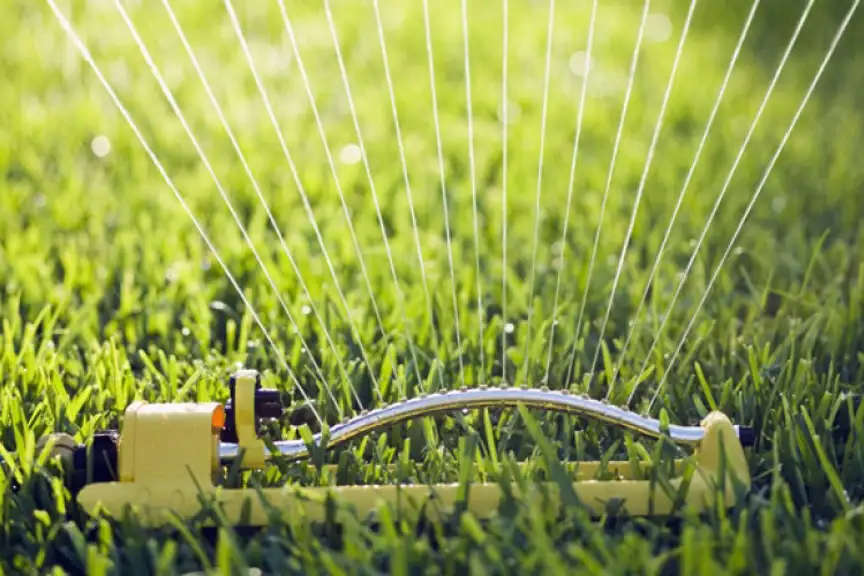The dos and don’ts of watering your lawn


Before following our recommendations below, it would be best if you know what type of lawn you have. To help you, below is a break down of cool and warm season lawn varieties.
Cool season grasses:
• Tall Fescue varieties
• Rye varieties
• Fine Fescues varieties
• Bent & Kentucky Bluegrass varieties
Summer watering every 2-3 days
Spring & Autumn watering every 4-5 days
Winter watering as required
Warm season grasses:
• Kikuyu varieties
• Couch varieties
• Buffalo varieties
Summer watering every 3-4 days
Spring & Autumn watering every 7-10 days
Winter watering as required
Do always refer to and follow your state's water restrictions.
Do water your lawns in the early morning before 10am. Particularly with lawns this is the best time to water as night watering can increase the amount of leaf wetness which causes fungal problems in all lawn types. However, common sense must prevail, if you can't water in the morning of cause water at night.
Do give your lawn longer, less frequent watering. Deeply penetrating irrigations that wet the soil to a considerable depth encourage deep rooting and result in a more vigorous, higher quality turf.
Do use wetting agents to increase water penetration like Munns Professional Smart Wetter.
Don't give your lawn short frequent waterings. Short frequent waterings throughout hot weather will cause many lawn problems such as shallow rooting of the lawn, weed invasion, leaching of soil nutrients and fungus diseases.
Do install rainwater tanks and look at underground irrigation.
Do save water from your shower, washing machine and anywhere you can during periods of drought. For more information on drought saving ideas check out this article.
Do fertilise lawns 3-4 times a year, this will produce a stronger, healthier root system which will enable lawns to survive under stressful conditions for a lot longer than a lawn that is never fertilised.
Do raise the mowing height for your lawn. An increase in mowing height encourages a deeper root system, the longer leaf also creates better shading of the soil which helps to reduce evaporation. In summer for cool season grasses, mow at 5cm and for warm season grasses mow at 2-4cm. In winter for cool season grasses, mow at 3cm and for warm season grasses only cut the weeds.
Do dig a hole. Digging a hole in your lawn to check the root depth and watering depth is a great way to ensure you are doing things correctly.
Do install a rain gauge or a weather app to track past and future rain.
Do check for pests. Pests such as African Black Beetle will damage your roots in Spring, while this damage may not be instantly visible during cooler wetter weather, the damage to the roots will make the lawn appear as though your lawn has dried out once warmer weather hits.
Do check for hydrophobic soils. Hydrophobic soils are very common and develop after both high or low periods of rainfall. If an area is patchy compared to the rest of your lawn, water this area thoroughly, dig a hole, if it stays dry and the water seeps into the surrounding area then it is hydrophobic.
Pro tips:
• A newly planted lawn will take up to 12 months before it has established a deep enough root system to achieve its maximum drought tolerance. Therefore, your lawn will require more watering during its first summer to enable it to develop to the fullest drought tolerant potential.
• To check if your lawn needs to be watered, tread firmly on the grass. After removing your foot, if the grass doesn't spring back and lays flat this is an indication your grass needs to be watered. If the grass springs back then it doesn't need to be watered.